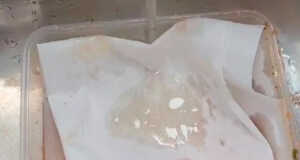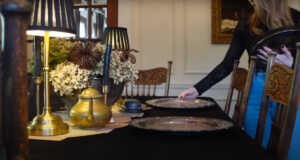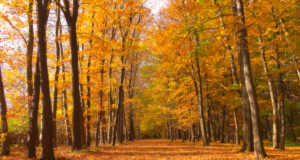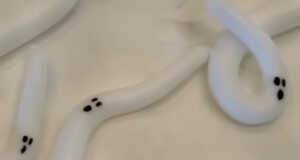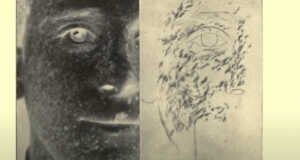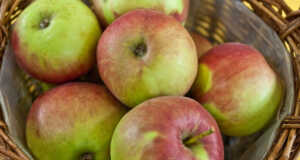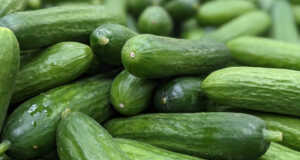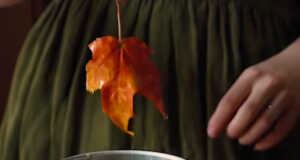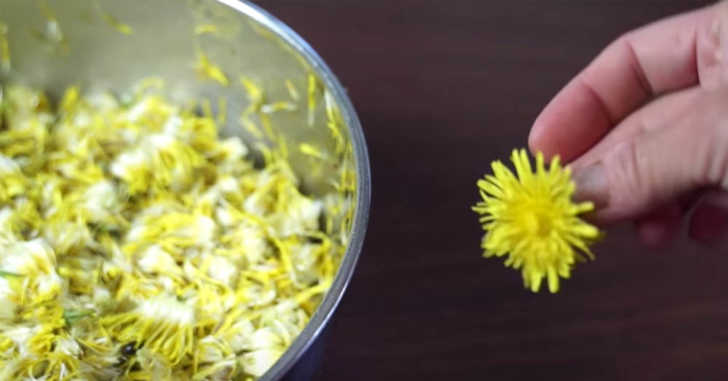
If there’s one constant about humanity, it’s that if we can make alcohol, we will make alcohol. Even if there’s really nothing to make it out of. In recent years, making your own home-brewed beers and wines has skyrocketed in popularity. Some creative combinations and flavors have come out of the DIY alcohol revolution, as well as some questionable ones. Which category will dandelion wine fall into? Let’s find out!
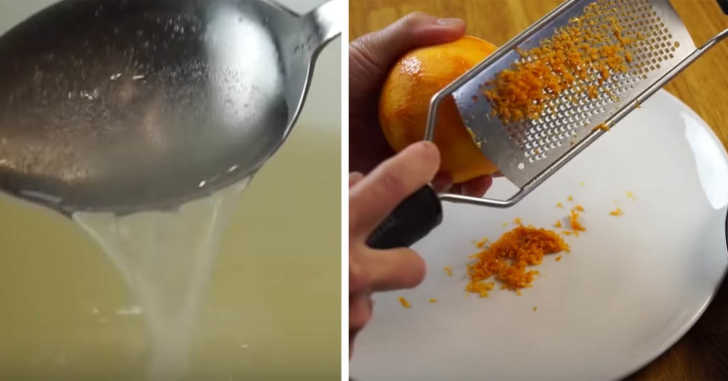
Let’s start with the most important ingredient: dandelions. First and foremost, make sure the dandelions you’re using haven’t been sprayed with pesticides or any chemicals. That seems like a no-brainer, but it’s worth noting all the same. You’ll need a ton of dandelions. Like, way more than you think you will.
Once those are collected, remove the petals from the stems and store them in a large bowl. Next, boil some sugar water until all of the sugar has dissolved. Then, zest up some oranges and lemons. Lastly, pour a packet of wine yeast into a little bit of warm water and let it sit for a few minutes to get it activated.
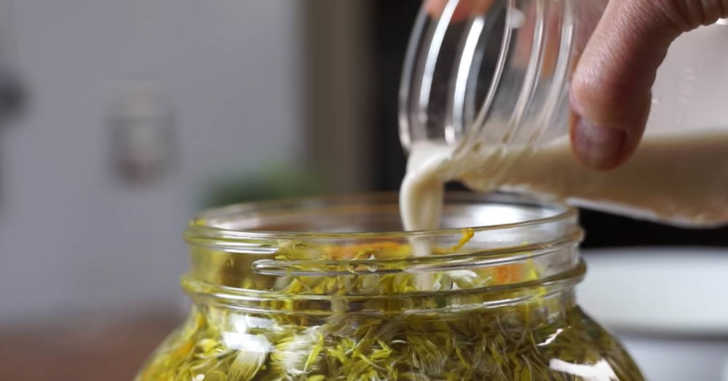
After you have all of your ingredients, it’s time to combine them! Add your dandelions into a large container first, followed by lemon zest, sugar water, and surprisingly, just a few raisins. Lastly, pour the activated yeast on top and give everything a good stir. Leave a few inches of space on top of the jar, and don’t screw on the lid all the way. The fermenting process involves expanding and contracting gasses, so your wine will need room to breathe, so to speak.
Place the jar in a cool, dark place for around 3 weeks. Then, strain the wine into individual bottles. Seal the bottles and let those sit for at least 6 weeks, but the longer the better. If you taste the wine too soon, you’ll be sorely disappointed. It gets sweeter and dials back the punch the more time you give it.
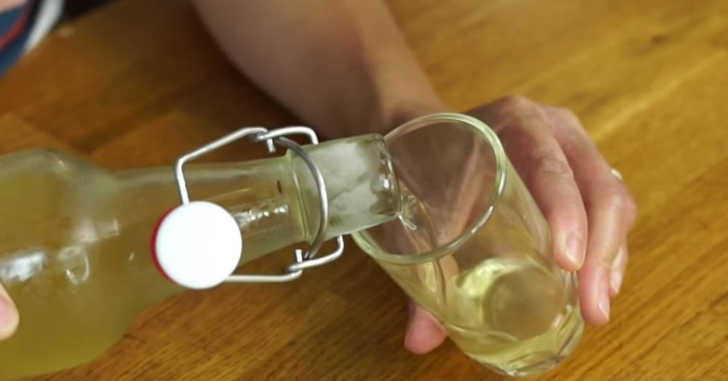
So, what does dandelion wine taste like? It’s surprisingly sweet! According to the woman who made this wine, she categorizes it as a dessert wine verses a table wine. It’s sweeter than a riesling, but not as syrupy as some dessert wines. You get floral notes as well as citrusy notes. Beware – without special equipment, it’s hard to know the exact alcohol content, but this particular batch is said to have been very strong.
Watch the whole process and get the recipe in the video below!
